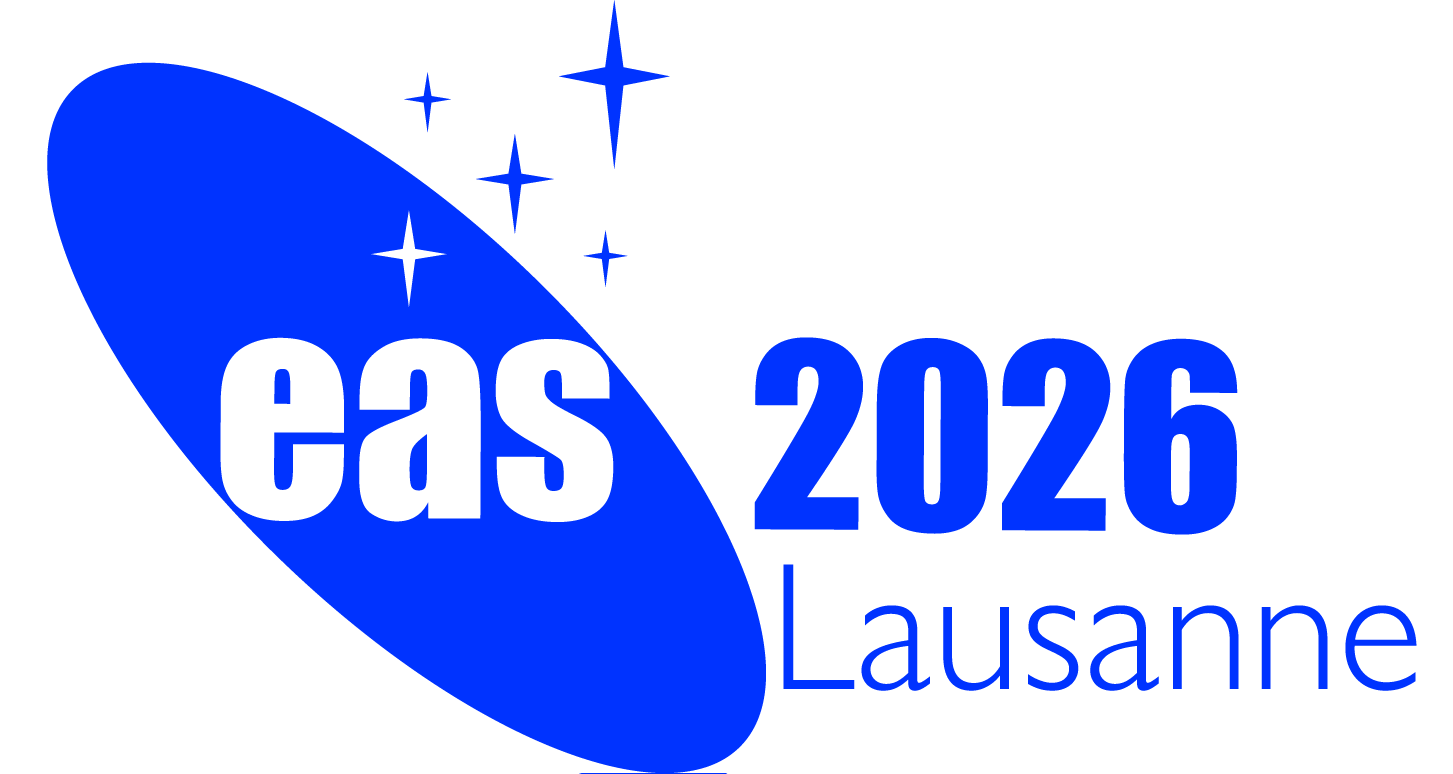
|
Special Session SS32
Kilonovae: further insights from theory and observations |
||||||||
|
European Astronomical Society |
|||||||||

|
Special Session SS32
Kilonovae: further insights from theory and observations |
||||||||
|
European Astronomical Society |
|||||||||